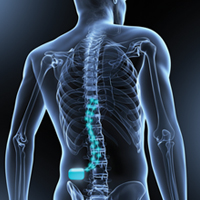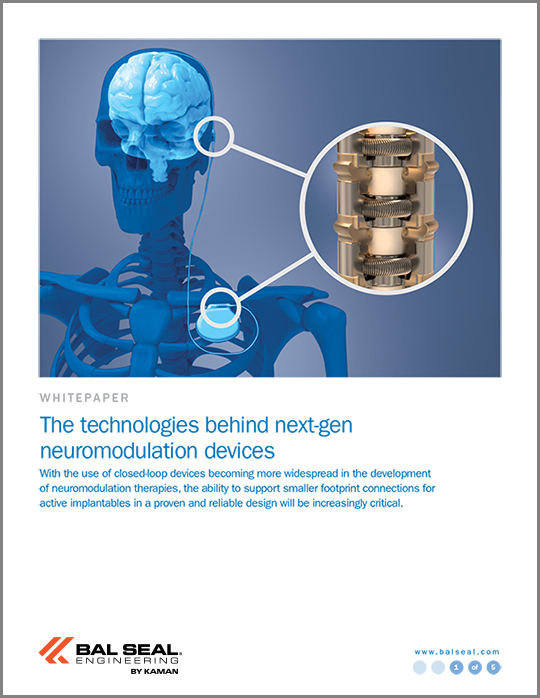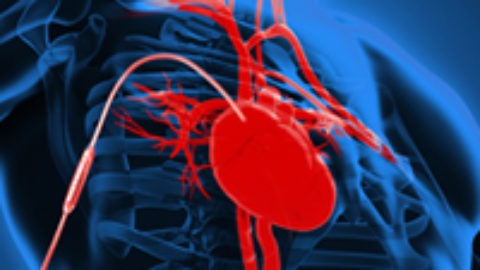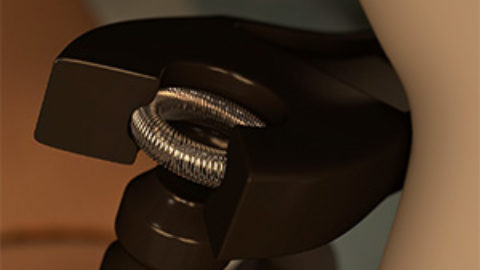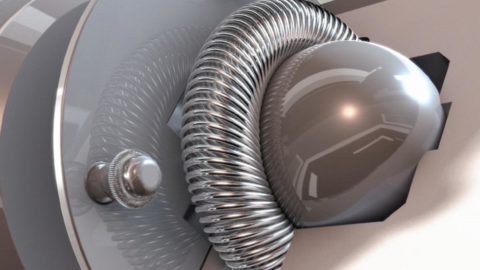In the field of medical technology, closed-loop active implantables have revolutionized the way we approach the treatment of various medical conditions. These remarkable devices, such as pacemakers, cochlear implants, and neurostimulators, rely on intricate systems to function properly. One crucial component that often goes unnoticed but plays a pivotal role in their operation is the electrical contacts. In this blog post, we will explore the significance of electrical contacts in closed-loop active implantables and how they contribute to the overall effectiveness and reliability of these life-changing devices.
1. Ensuring Efficient Communication:
Electrical contacts serve as the primary interface between the implanted device and the human body. These contacts establish a reliable electrical connection, enabling seamless communication between the implant and the targeted biological tissue. They facilitate the transfer of signals, such as stimulation pulses or sensor readings, allowing the implant to monitor physiological parameters and deliver appropriate therapy in real-time. The quality of these electrical contacts directly influences the accuracy and effectiveness of the closed-loop system.
2. Biocompatibility and Longevity:
One of the fundamental challenges in designing electrical contacts for closed-loop active implantables is achieving biocompatibility. These contacts must be capable of withstanding the harsh physiological environment within the body, including exposure to bodily fluids, temperature variations, and mechanical stress. Biocompatible materials such as platinum, titanium, or gold are often used due to their corrosion resistance and inert properties. Additionally, careful consideration is given to the design and surface properties of the contacts to minimize tissue damage and inflammation, ensuring the long-term functionality and safety of the implantable device.
3. Secure and Stable Connection:
Reliable electrical contacts must establish and maintain a secure connection throughout the lifespan of the closed-loop implant. Movement or displacement of the device can lead to intermittent or disrupted signals, jeopardizing the effectiveness of the therapy. Therefore, engineers employ various techniques to ensure a stable connection, including optimizing the size and shape of the contacts, incorporating fixation mechanisms, and using encapsulation methods to protect the contact interface from external factors.
4. Minimizing Power Consumption:
Closed-loop active implantables are often powered by batteries, making power consumption a critical consideration. Electrical contacts play a significant role in minimizing power consumption by reducing resistive losses and maximizing the efficiency of signal transmission. By employing low-resistance materials and optimizing the contact area, the energy required to drive the closed-loop system can be reduced, extending the battery life and minimizing the need for frequent replacements.
Conclusion:
In the remarkable world of closed-loop active implantables, electrical contacts serve as the unsung heroes, enabling seamless communication between the implanted device and the human body. Their role in establishing efficient, biocompatible, and stable connections cannot be overstated. By prioritizing the design and engineering of these electrical contacts, medical technology continues to push the boundaries of what is possible, providing patients with improved quality of life and opening new frontiers for medical innovation.
